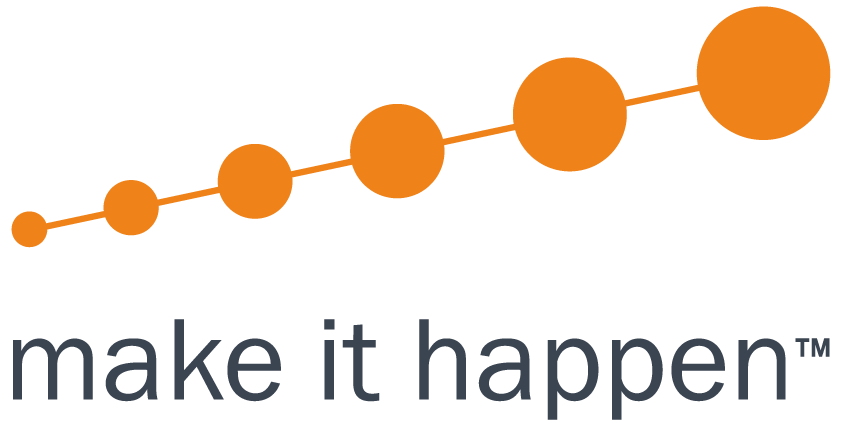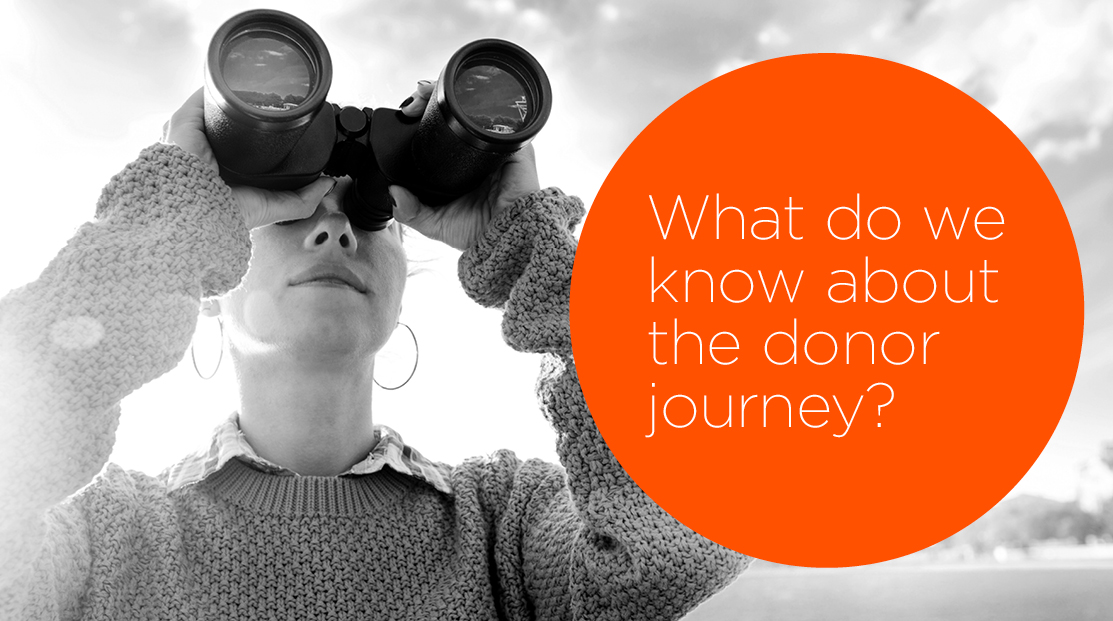This has been a driving question for many non-profit marketers – does the customer journey mapping process apply to donors? Should it?
From an experience point of view, donors definitely engage with brands in their own unique way. Adapting the popular paradigm of the customer journey map can lead to better planning and results.
Some key discussion points for ‘donor or supporter journey’ seem to be stronger than others so we’ve decided to condense the top priorities for the donor journey into 5 key points. Each non-profit organisation is distinctly different, so let’s see how this may or may not apply to what you do.
The route from potential donor to repeat donor
It’s all about experience
Do you know who your donors are? How they like to interact and behave? Without this information, catering for the needs of your donor base becomes very difficult. It’s important to strike a balance between the journey you would like your donors to experience and how prospective supporters actually want to interact. It’s about designing an overall experience that donors would be happy to engage with. You can get this information from analysing fundraising data, brainstorming with your team and from going direct to your support base via empirical or formal surveys.
Make it clear, beautiful and easy to follow
No matter how you regard the process, your donors are on a journey that is either going towards your unique brand, or away from it. Marketers are given the unique task of making the brand journey very clear and easy to follow – no matter where on the path supporters may be. This requires strategic thinking. Not knowing every time where or how donors are going to find you means that campaigns need to be able to address key concerns via messaging and content for different types of donors with different levels of awareness. Keeping them informed and engaged at each step will make a decision to support what you do so much easier.
Connecting in a multi-channel world – where do your donors hang out?
Majority of nonprofits recognise the important of brand and digital assets. But with the speed of digital transformation and social engagement online, channels for nonprofits expand way past a branded website. We know that decision making for consumers and donors happen in a non-linear fashion. If your charity hasn’t yet expanded into online social channels, then it’s time to think about all the different touchpoints and ways that prospective donors can come into contact with your organisation. On a positive note, the cost of managing some of these streams and resources required may not be as high as you think thanks to things like free automation and design software such as Buffer and Canva. Yes, traditional methods still matter but what about the growing number of potential donors that are graduating from university, joining the workforce – where will they be?
Keep your reputation and brand dialogue positive
With market saturation being one of the biggest challenges for nonprofits, the reputation and brand perception of your charity is more important than ever. Your prospective donors are doing more research via social signals and the web and they are only going to want to engage with an organisation that looks legitimate and appears trustworthy in the eyes of others. Ensuring that your brand remains consistent across all channels is very important. Clear messaging, transparency via timely and relevant information, testimonials and social reviews and shares are all going to help your brand stand out. Keep abreast of the dialogue about your brand. Is it positive? Are donors having a pleasant experience? Are pressing questions answered? What else can be done to improve the kinks in the chain?
Your loyal supporters and donors are vital
The cost of donor acquisition is always going to be higher than donor retention. So are you really paying attention to the value of your current donor base? It is critical to stop ignoring data and pay attention to retention rates. That is one side of the coin. The other is to make donor retention a key strategic goal within your organisation. You can do this by developing a nurture strategy that specifically caters to their needs.
Think it could be time to review the donor journey for your charity or non-profit organisation? Get in touch with the experienced team at Make it Happen and let’s talk challenges.

